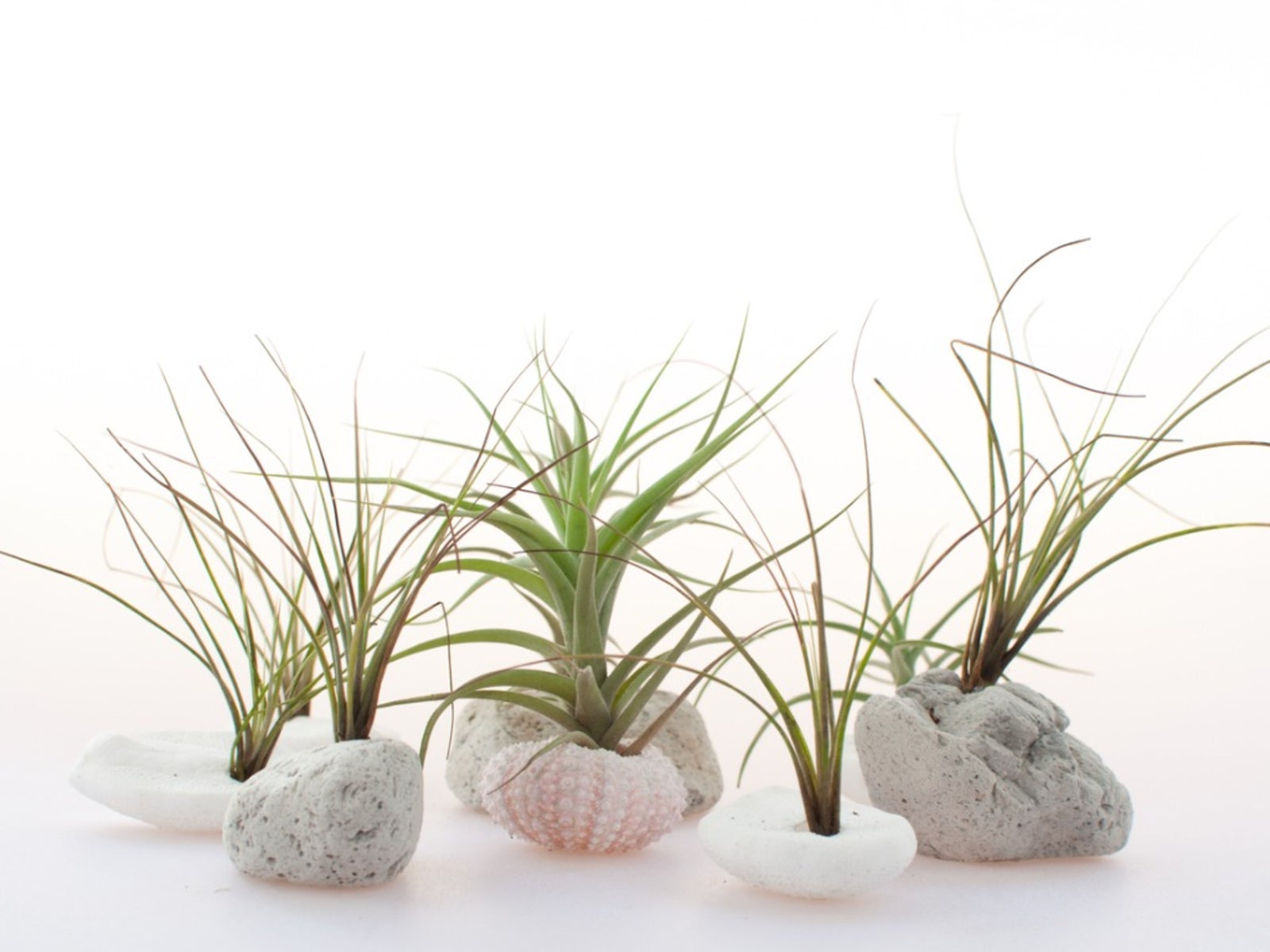Lava Rock Houseplants: Tips For Growing Plants In Lava Rock


Feather rock planters set an interesting tone in the garden. They have a prehistoric quality that pairs well with succulents, cacti, and unique foliar plants. Plants in lava rock can grow into the porous, pocked surface and survive without much root space. For this reason, choose plants that have shallow root zones. Lava rock houseplants are also common gifts and novelty gardening situations. There is a difference between lava rock and feather rock, however. A little more information will help you decide which is right for your landscape design.
What is Feather Rock?
Feather rock forms during volcanic activity. It is caused by the reaction of air and lava which “churns” the lava making it foamy and porous. Lava rocks are any form of rock that is created when lava or magma erupts through the earth's surface and cools. As such, there are many types of lava rock such as pumice, basalt, obsidian, or feather rock. Any of these rocks are called igneous rocks and have a very glass-like composition that shatters into razor-sharp shards. Feather rock is lighter than most igneous rocks, although not as light as pumice, which almost has no weight. It is useful in landscaping as a hardscape item, feather rock planter, or a simple display.
Growing Plants in Volcanic Rocks
Porous forms of lava rock are relatively easy to drill or chisel into. You can make dimples or depressions or simply drill holes for smaller plants. Plants, such as air plants or some epiphytic varieties, thrive in volcanic rock. Lava rock houseplants are commonly sold in grocery floral departments and garden centers. They make unique and easy-to-care-for planting situations. Plants in lava rock that work well are Tillandsia, succulents, and some grasses. The larger planters support almost any variety of annuals, riparian plants, and indoor houseplants. Really the only plants that don't work well are those that need constant moisture and large plants with vast root systems.
Planting Lava Rock Succulents
One of the easiest forms of plants that love to grow in feather rock planters are the succulents. You can make a fascinating display filled with a variety of forms, colors, and textures by using little succulents. Echeveria, sedum, trailing Euphorbia, and many others will add their appeal to the distinctive look that growing plants in volcanic rocks produces. Succulents have shallow root bases and install easily in depressions in the rock. Use thick gloves when handling feather rock or other lava rocks. The edges are extremely sharp. Use eye protection if you are drilling or chiseling into the material. Once you have the hole or dimple you wish, press potting soil into the bottom and then add the plant. Firm the soil around the plant to anchor it and water it well. A mister or water bottle works great for this purpose. Follow general plant care for the variety of succulents you installed. In colder climes, use this method to make lava rock houseplants, permanent planters with a matchless appeal.
Gardening tips, videos, info and more delivered right to your inbox!
Sign up for the Gardening Know How newsletter today and receive a free copy of our e-book "How to Grow Delicious Tomatoes".

Bonnie Grant is a professional landscaper with a Certification in Urban Gardening. She has been gardening and writing for 15 years. A former professional chef, she has a passion for edible landscaping.
-
 Looking For Plants To Give You The Soft And Fuzzies? Try These 5 Fuzzy Leaf Plant Options
Looking For Plants To Give You The Soft And Fuzzies? Try These 5 Fuzzy Leaf Plant OptionsLovers of texture, drama, silver foliage and tactile plants will adore these special sensory garden additions. These fuzzy leaf plant options will leave you all aglow
By Susan Albert
-
 Get Ready For A Summer Of Hummers! Grow These Full Sun Hummingbird Plants and Flowers
Get Ready For A Summer Of Hummers! Grow These Full Sun Hummingbird Plants and FlowersIf you’re lucky enough to enjoy a sunny backyard, make sure you are maxing out on your pollinator opportunities and grow these full sun hummingbird plants and flowers
By Tonya Barnett